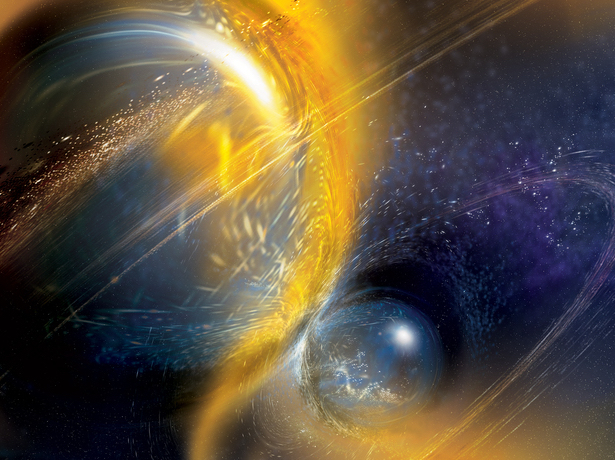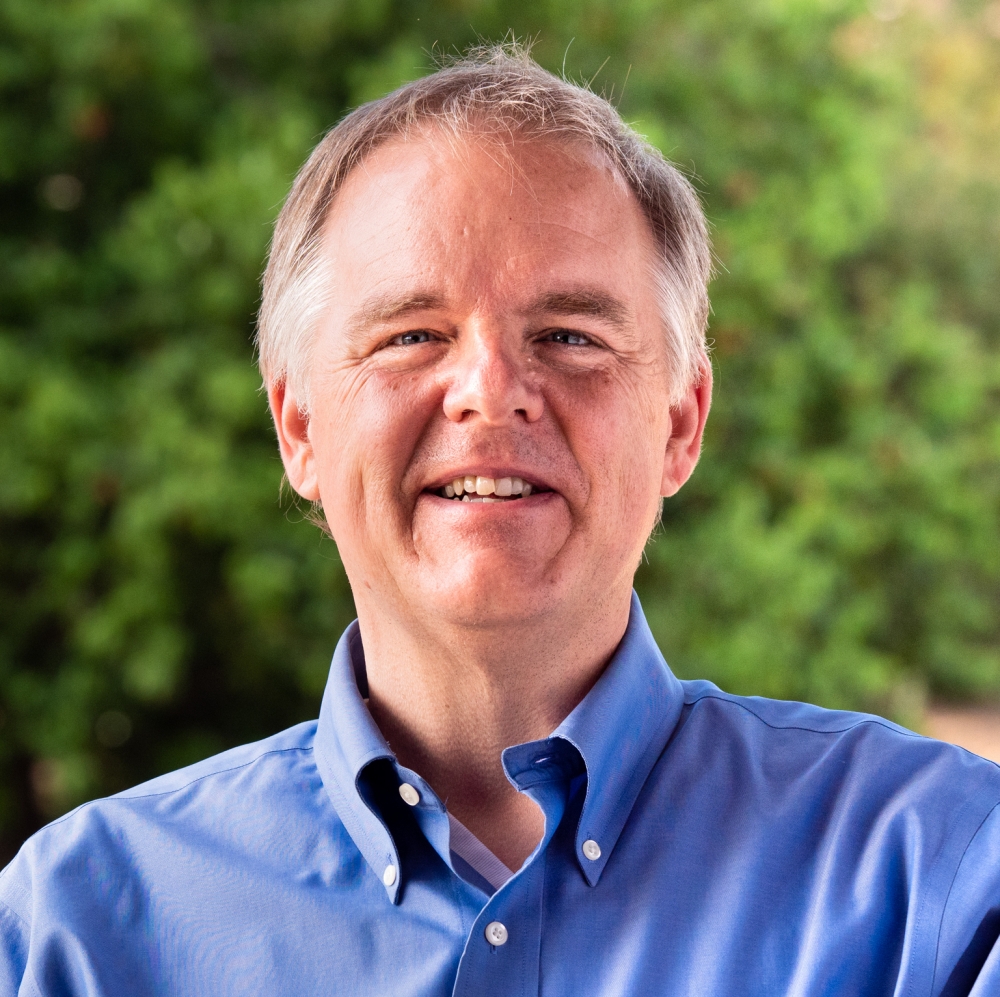
The Art of Doing Science

Aiming to demystify the day-to-day work of physicists behind many science headlines, the Kavli Institute for Theoretical Physics (KITP) at UC Santa Barbara is launching a new series of public events. The Art of Doing Science will be held virtually even as the institute transitions to more in-person activities, making it accessible to all who would like to attend regardless of physical location. Recordings of each session will also be available to watch on KITP’s YouTube channel after the events.
“We’re aiming for what I would call ‘a conversation,’” said KITP Director Lars Bildsten. “The goal here — different than our other public lectures and events — is to really have scientists talk about their experience doing science.”
“The story we often tell is the normal scientific narrative of ‘here’s what we understand,’” he continued. “And what you often don’t hear is ‘here’s what we don’t understand’ or ‘here’s what we thought was true.’”
The virtual conversations will present up-and-coming physicists sharing exciting insights about their work, illuminating the many ways science is done and the unexpected detours that inevitably arise on that path to achieving new breakthroughs. This series will serve, over time, to accelerate and expand the public’s understanding of what it means to really do physics.
The inaugural webinar, set for 5p.m. Pacific time on Wednesday, Sept. 1, will feature a panel of early-career scientists from KITP, Caltech and NASA. The event is free, but attendees must register in advance via the KITP website. Future dates in the series will be announced as they are arranged.
The researchers included in the first session will discuss the merging neutron stars of GW170817, which sent ripples out through the fabric of spacetime, producing a signal detected by Earth-based gravitational-wave observatories. The stars’ ultimate coalescence then triggered a cosmic explosion whose light was captured by traditional telescopes, making GW170817 the first event ever observed in both light and gravitational radiation.
This discovery, which followed decades of preparation by the scientific community, pushed us closer to answering fundamental questions in astrophysics, such as the origin of the Universe’s heaviest elements and nature of exotic, ultra-dense neutron stars.
“I don’t expect the audience to come away with a deep understanding of double neutron star mergers,” Bildsten said. “I expect them to come away with a sense of excitement for what it is to do science.”



